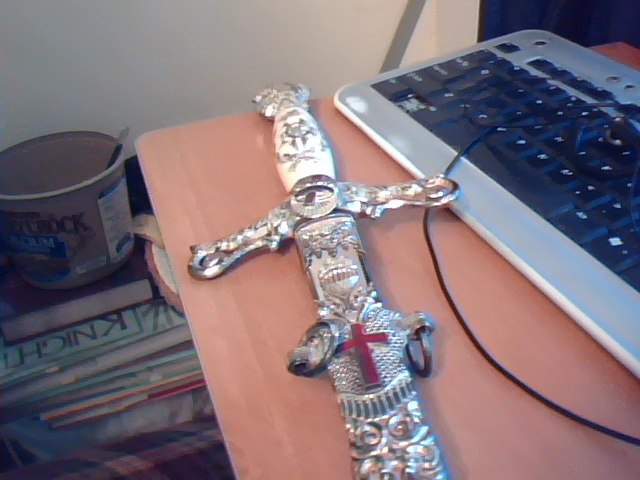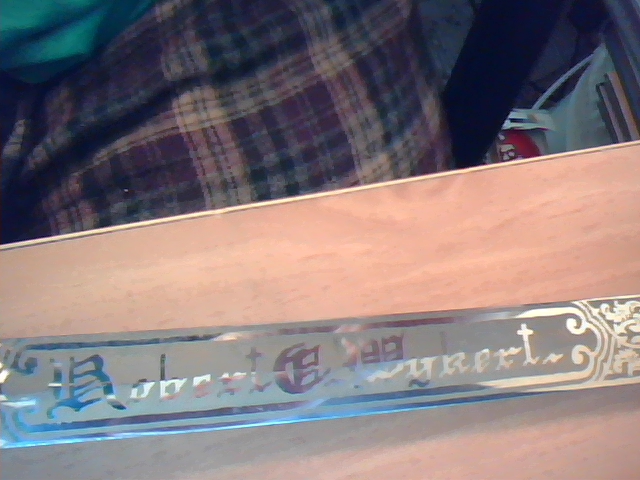http://www.ruble-enterprises.com/lilley.htm
The Lilley Co. is written on the leather case.


| Glen A Cleeton wrote: |
| I wonder if there is be more to the story than you may have known at the time. The sheer numbers of swords that surface more seems to indicate it quite common that the swords remain long after any direct association with a family. As there are "Jewels" associated with different levels and rders of Free Masonry, there may be a possibility that part of that ensemble held more importance than that of a fellow knight or lesser master mason's sword. More regarding a specific commandery might yield more information. As not directly involved, all I can do is guess. I know my grandfather was a mason but no sword surfaced during or after his passing. Although, nepotism was often assumed of both my dad and myself. I have encountered those queries time and again.
There was though a recent episode on th History Channel (American Pickers?) in which a pile of stuff from a Shriner's hall was located but the owner indicating there was a bylaw from the organization that nothing ever be sold. |
